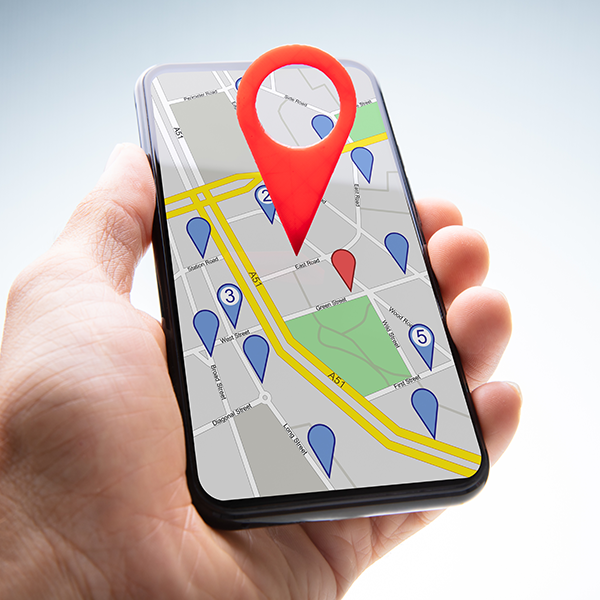Don't Forget the Dumb Phones: The Dos and Don'ts of SMS Marketing

From Apple to Android, classic flip phones are considered things of the past.
In a marketer's eyes, these so-called "dumb phones" lack the capability to access email, social networks, display ads and other digital tactics most rely on to reach their consumer base. Even when presented on a smartphone, tablet or desktop computer, though, these cross-channel communication strategies do not guarantee that a consumer will even see a brand's content, let alone engage with it.
In developing an integrated marketing approach, many marketers miss out on incorporating a channel that nearly guarantees brand engagement: SMS. The Next Web found that 90 percent of SMS are opened and read within the first three minutes of delivery. Since SMS doesn't require a mobile application or even Internet access, it can easily and more effectively reach a larger audience than other channels.
By focusing on conversion and using it in conjunction with push, email and social communications, SMS can greatly enhance a brand's marketing program. Here's how marketers can get started.
Do: Focus on Transactions
To implement SMS initially, marketers should focus on transactional communication. At any given ecommerce checkout such as website or mobile app, customers are asked to provide their phone numbers, and retailers can use this information to send SMS receipts, purchase confirmations, appointment reminders, shipping notifications and more. Transactional SMS marketing gives retailers a great "in" with their customers. Messages like "Your order has shipped!" or "You have an upcoming appointment!" communicate urgency and guarantee immediate engagement.
Whether through SMS or email, these transactions are essential to the entire customer journey. Often, marketers forget about post-purchase communications and fail to interact with customers beyond the sale, but timely communications can keep a customer engaged, and even motivate future purchases. Utilizing SMS will ensure customers are in the loop at every stage of their lifecycle.
Don't: Send Customers Messages They Don't Want
No customer likes receiving messages they didn't sign up for. When a customer opts-in for SMS or other cross-channel communications, it's a marketing best practice to be upfront about exactly what kind of messages he or she will receive. Just as when a consumer opts in to an email subscription, marketers should offer customers a centralized preference center where they can manage and customize their communication preferences. Here, they can pick and choose the content they'd like to receive, how often they want to receive it and what channels they'd prefer to be reached on. For example, one customer may prefer to receive alerts via SMS, but another might prefer email. Some might prefer to receive both simultaneously. Offering options puts customers in control and increases both loyalty and engagement.
Do: Experiment With Different Campaigns and Messages
With proper use of SMS, integrated with email, display and social, marketing opportunities are endless. Marketers can try implementing a variety of different campaigns for their brands aside from transactions, including loyalty, promotions, welcome and many more. Retailers can even use SMS for triggered campaigns by using a subscriber's GPS to send an SMS offer when he or she passes a store. SMS marketing can also boost a campaign's conversion through features like text-to-application download, Text2Win and more.
Marketers can also experiment with MMS, which allow brands to send multimedia text messages to customers. This is more expensive than SMS and is often not deployed internationally, but still makes for a good option if falls within budget. If it doesn't, SMS is still a great alternative because it can achieve similar goals. Simple links in an SMS, for example, can lead consumers to a form, video or image.
As a best practice, it's important to integrate an entire campaign so a brand meets customers at multiple touchpoints, but they should do so strategically. If they send an email promoting a sale, for example, they need to coordinate it so that customers receive an SMS when they are near their brick-and-mortar store. Or, remind them of the sale with an SMS the week following an email deployment.
SMS is a powerful yet underutilized tool in the marketing industry. With the right strategy, brands can increase both conversion rates and customer satisfaction.
Amy McNeil is a senior account manager for Yesmail, where she is the main point of contact for a number of major clients.
Subscribe to Our Newsletter!
Latest in Marketing









